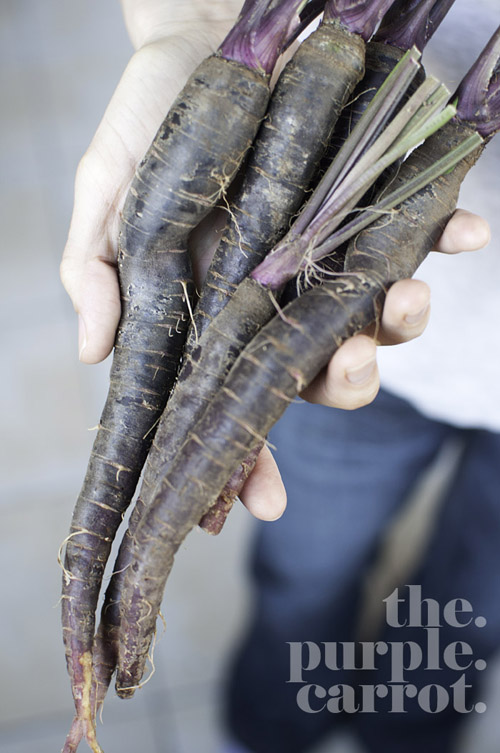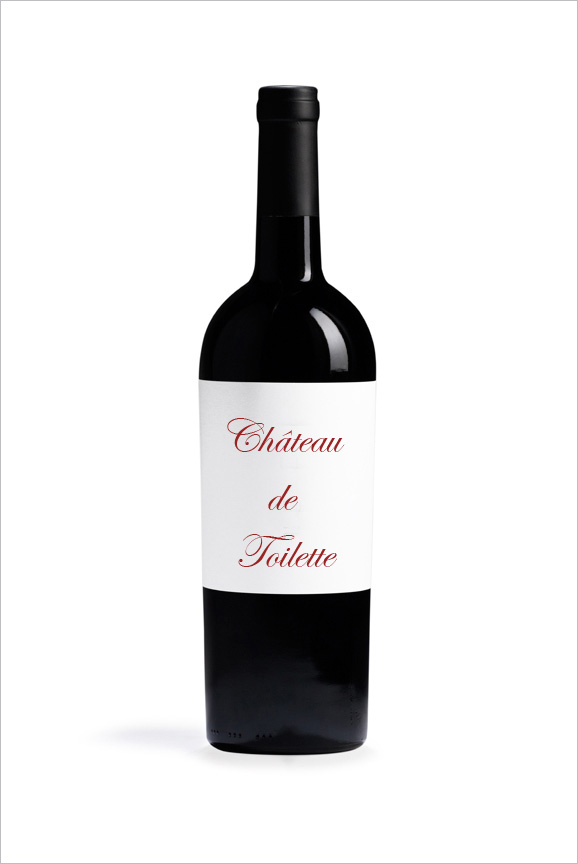As you know, I have started posting daily facts about food on The Food Blog’s facebook page. I encourage you to like us on Facebook (click here) so you could get these cool little facts delivered daily straight to your facebook stream.
Food Fact of the Day: How Potatoes Killed a Million People

The English wanted to eat beef, so most of Ireland’s good countryside soil was transformed into grazing land. Pushed to farm less productive soils, the Irish turned to the hardy potato, but a disease known as potato blight ravaged throughout Europe. The loss of the potato crop was felt the hardest by the Irish, where one third of the population depended entirely on potato for food. And so, between 1845 and 1852, Ireland experienced the Great Famine, during which 1 million people died and a million more emigrated.
If we needed any proof that a monoculture, the large scale growing of a singular crop, is a bad idea, the Irish potato famine is sufficient evidence. Today, the world’s agriculture is dominated by corn and soybean, the two largest monocultures history has ever witnessed. It’s easy to see trouble on the horizon. A key to the survival of our environment and species is a movement back to biodiverse farming, letting go of monolithic crops and going for a large variety of edible species.
Food Fact of the Day: The Colour of a Carrot

The carrot hasn’t always been orange – in its native Afghanistan and Central Asia, the carrot’s colour could be anywhere between a dirty white and a pinkish purple. The domestication of the carrot took place in both eastern and western regions of Central Asia. Before the first reports of orange carrots, purple root colour was apparently more popular in eastern regions, yellow more popular in the west.
Many people believe that orange carrots were bred by the Dutch to honor William of Orange (William III of England) though we find accounts of orange carrots that predate his reign. The Dutch story, with almost complete certainty, is not true.
You can still find purple carrots today. In Sydney, they’re now in season, and I have some at home. They’re beautiful little things, gnarled and twisted, with none of the uniformity of commercial carrots though the flavour is quite similar.
Food Fact of the Day: The difference between jam, jelly and marmalade

I recently read that UK producers of orange marmalade are trying to promote their product as orange jam. It seems the British feel the word marmalade is a bit old fashioned, and that perhaps only those from the Queen’s generation would buy something that sounded as yesteryear as marmalade. Jam is a much cooler word, no?
But what’s the difference between jam and marmalade, and what about jelly?
Glad you asked! The answer is quite simple really, and it’s a good bit of trivia to know. Marmalade is a conserve made from citrus fruits or ginger, whereas jam is from non-citrus fruit like strawberries. Jelly on the other hand is the conserve made purely from the juice of a fruit, rather than its pulp. Now wasn’t that interesting?
Find my easy recipe for wild blackberry and lemon zest jam here: http://thefoodblog.com.au/2009/09/wild-blackberry-and-lemon-zest-jam.html
Food Fact of the Day: Why Wine Experts are a Bunch of Wankers

The following is an excerpt of Jonah Lehrer’s piece: The Subjectivity of Wine. Have a read and let me know what you think. To what extent is wine critiquing objective? Do you go to critics for opinion?
In 2001, Frederic Brochet, of the University of Bordeaux, conducted two separate and very mischievous experiments. In the first test, Brochet invited 57 wine experts and asked them to give their impressions of what looked like two glasses of red and white wine. The wines were actually the same white wine, one of which had been tinted red with food coloring. But that didn’t stop the experts from describing the “red” wine in language typically used to describe red wines. One expert praised its “jamminess,” while another enjoyed its “crushed red fruit.” Not a single one noticed it was actually a white wine.
The second test Brochet conducted was even more damning. He took a middling Bordeaux and served it in two different bottles. One bottle was a fancy grand-cru. The other bottle was an ordinary vin du table. Despite the fact that they were actually being served the exact same wine, the experts gave the differently labeled bottles nearly opposite ratings. The grand cru was “agreeable, woody, complex, balanced and rounded,” while the vin du table was “weak, short, light, flat and faulty”. Forty experts said the wine with the fancy label was worth drinking, while only 12 said the cheap wine was.
Find the original article here: http://scienceblogs.com/cortex/2007/11/the_subjectivity_of_wine.php
Food Fact of the Day: How to get the most flavour out of saffron

Saffron is the world’s only truly precious spice. Where the cultivation and production of all other spices has become quite a simple matter, it still takes 140 handpicked saffron flowers to yield 1 gram of dried saffron stigmas, which are the part of the flower we use for cooking.
Worth more than its weight in gold, literally, saffron needs a cook who understands it and knows how to maximise the extraction of its flavours. Take a lesson from the Iranians, growers of the world’s finest saffron: gently pan-roast the threads of saffron until aromatic and then grind them with a mortar and pestle with a pinch of sugar. The sugar’s abrasiveness helps break down the saffron threads into a powder, so salt can also be used. Mix the lot with a tablespoon or two of boiling water and saffron is ready to be used in marinades, rice dishes or whatever else the recipe calls for. The extracted flavour is much stronger than what you’d get by simply soaking the threads in hot water.
5 comments
That thing about the wanking wine tasters, I knew that. Whenever I cook something I just pretend you cooked it. The only problem is, I think my girlfriend may have picked up on this because she was telling me our lovemaking has suddenly improved.
Great post and I agree about the wine post! 🙂
Never saw a purple carrot before until this post! And about the wine tasting – LOL!
Blindfold and serve them a glass of chilled cab sav and see if they may call it some white varietal. Quite hilarious!
These are very interesting and useful facts. As a matter of fact, I just had some saffron today. My dad brought me back some saffron from Tibet, which I thought it is some kind of flower tea. So I used about 3 grams of saffron to make a cup of tea for myself. It turns out to be a horrible idea because saffron could be toxic if you take it too much at once. In China, saffron is a precious herbal medicine, and it is more expensive than gold. However, as it mentions in the article,” it takes 140 handpicked saffron flowers to yield 1 gram of dried saffron stigmas. You are only supposed to take 5 to 8 tiny pieces of saffron each time. I hope I will be okay.